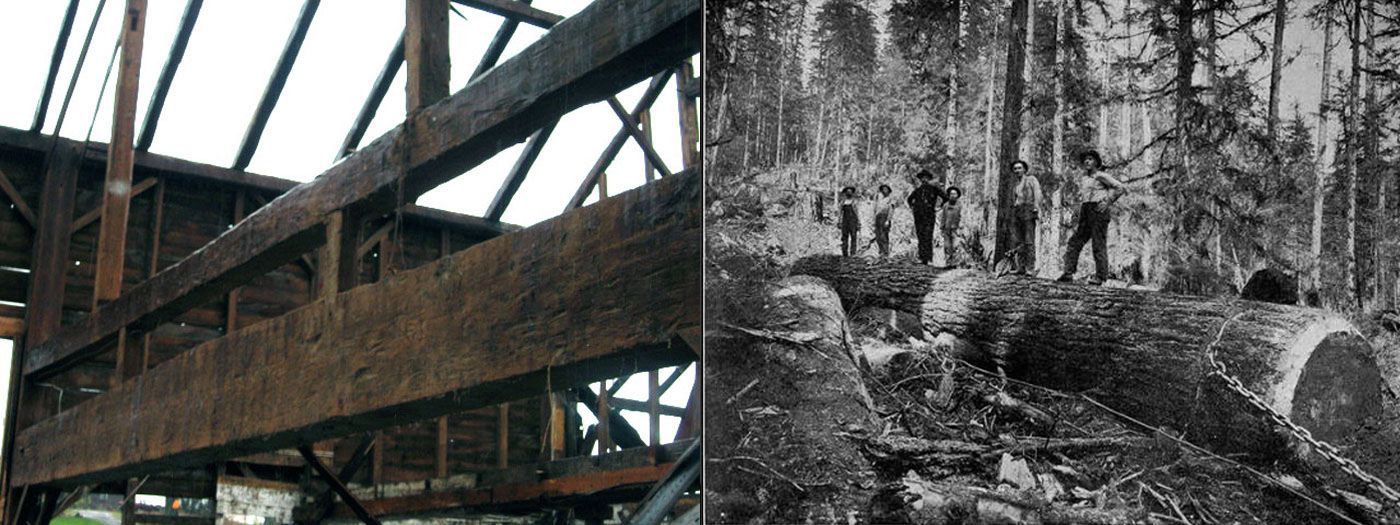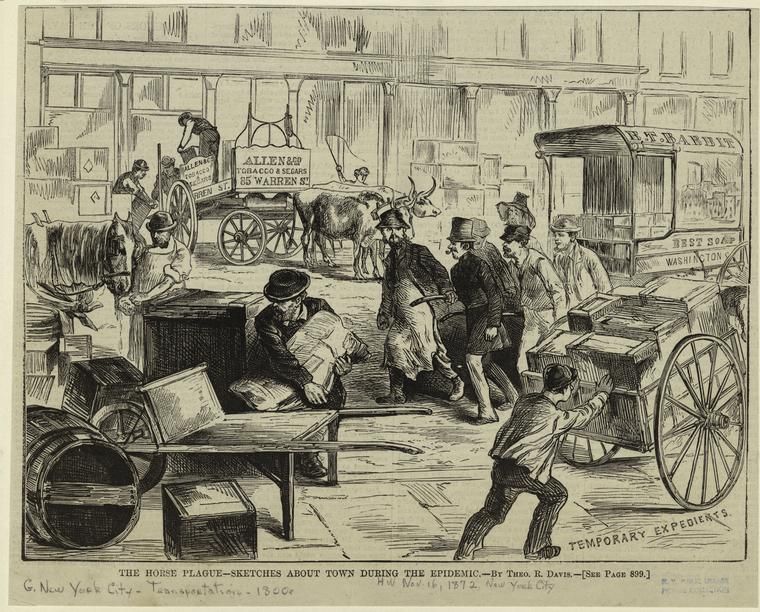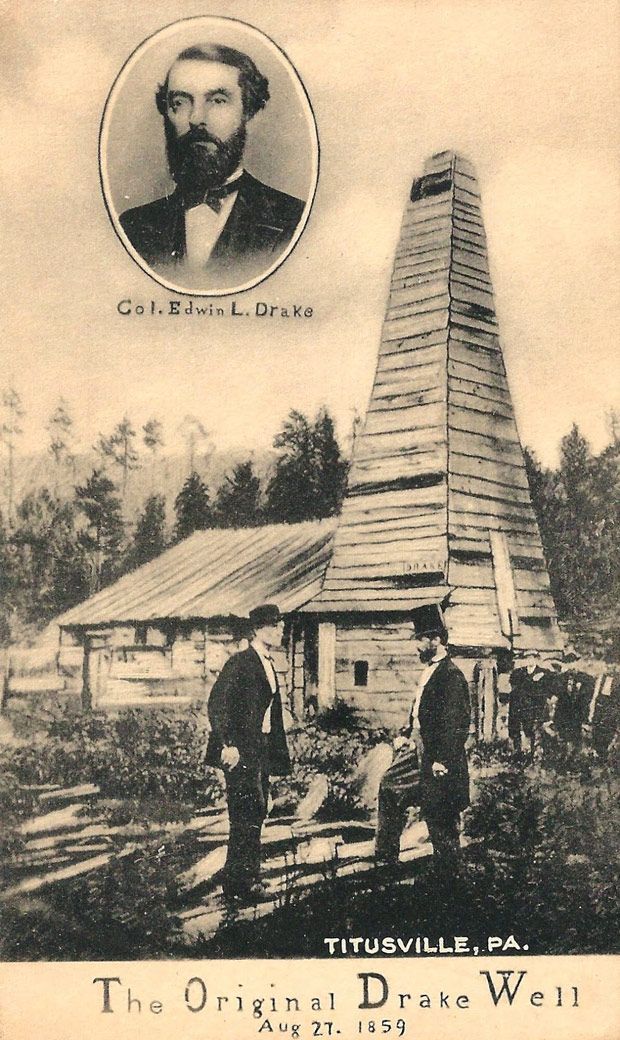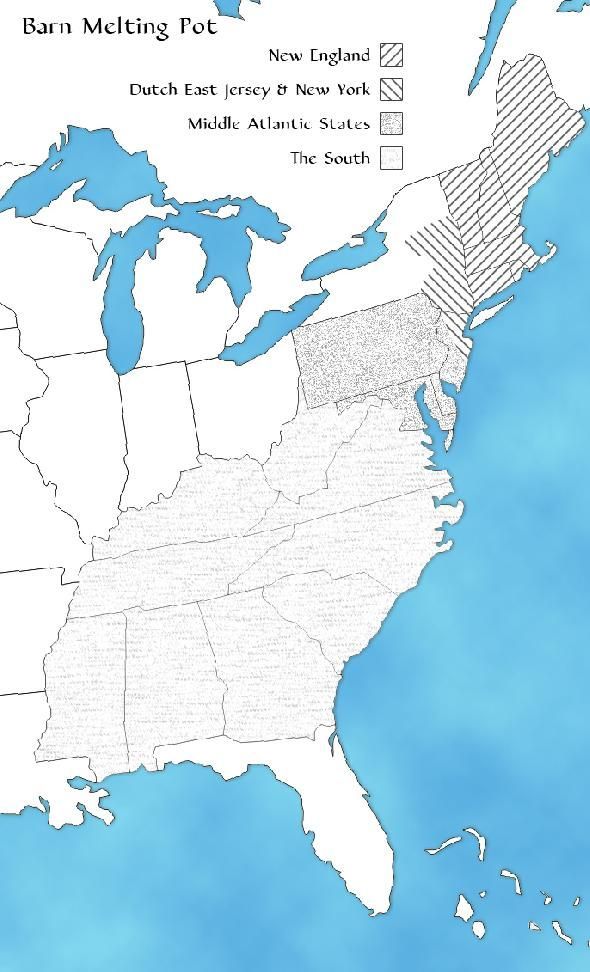Deep Under the Heart of Texas
(We took on an unusual construction project at Heritage Restorations to build a cheese cave for Brazos Valley Cheese, another one of our Homestead Craftsmen companies. The finishing touch was a castle-like entry door into the cave made from our antique barn wood.)
An underground cave for aging cheese is the dream of most cheese makers. And so it was for us at Brazos Valley Cheese located at the Brazos de Dios community in central Texas. During the more than fifteen years we have been making cheese, we have talked about building a cheese cave with an old-world flavor that we could age our artisan cheeses in. Finally, last year, we began work on a new shop and cave, but the cave part was the first to be built since more aging space was our immediate need.
Up to this time we have aged our twenty or so different varieties of hard and soft cheeses in walk-in coolers. Aging cheese in Texas can be a real challenge especially in the summer when daytime high temperatures typically peak over 100 degrees, sometimes for weeks on end. Unlike building a cave at a more northern latitude, our ground temperature never gets low enough through the year to allow for a cave without supplementary refrigeration. But still, the advantages of a cave, versus a walk-in cooler, led us to break ground in November 2010 on the new cave. Though we researched other cave designs, we were somewhat on uncharted territory in a climate this warm, and knew that we would have to pay careful attention to insulation.
We expected to encounter rock not far beneath the surface and sure enough, at three feet down, we hit fractured limestone, which was easily broken up excavated to a depth of fifteen feet. The cave is basically a cement slab floor with cement block walls and an arched poured-concrete roof. This entire room was encased in a coating of closed cell spray foam with a vapor barrier covering it, along with French drains at the base and then back-filled and landscaped over. The interior measures 6,000 cubic feet and the interior walls have a stucco finish. The pine shelves in the cave hold 3,000 ten-to-twelve pound wheels of hard cheese. Thankfully, the temperature stays a constant 50 degrees with a rather moderately worked 2 ton cooler unit. And that’s in the heat of a Texas summer.
The cave will be accessible by an elevator inside the shop, in which we can lower carts of cheese. We will also have a brass fireman’s pole alongside the elevator to allow for a quick descent to the cave, instead of a walk-around to the stairs! For the public we have an insulated observation window at the bottom of the stairs, accessed from the outside of the shop. We topped the whole project off with a five-inch-thick insulated castle like door with its own skeleton key and wrought iron hinges that never fail to amuse visitors.






